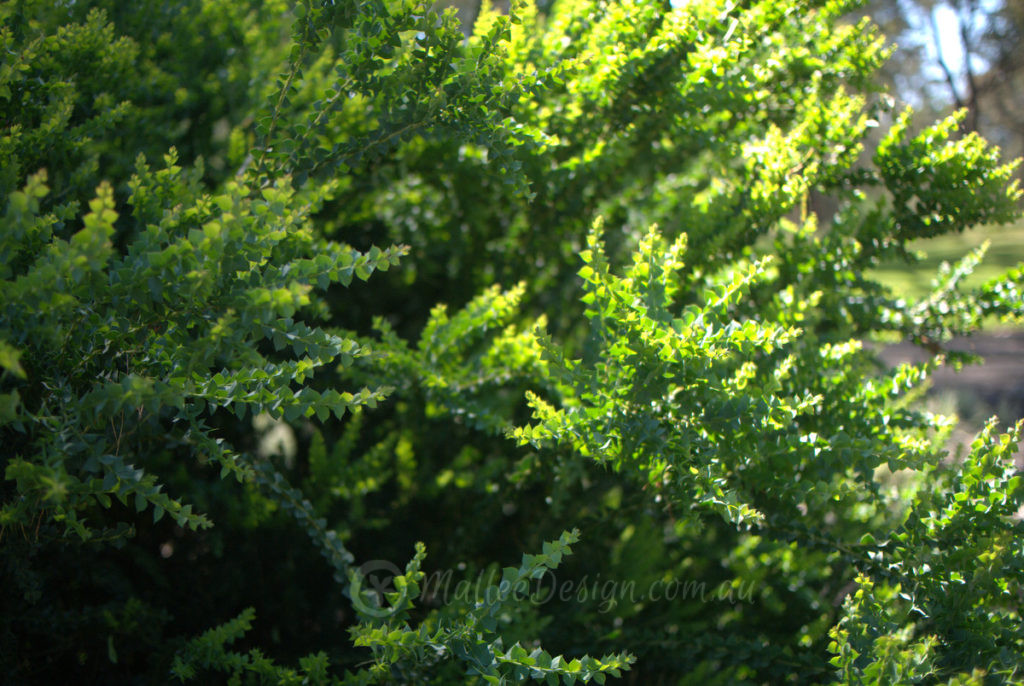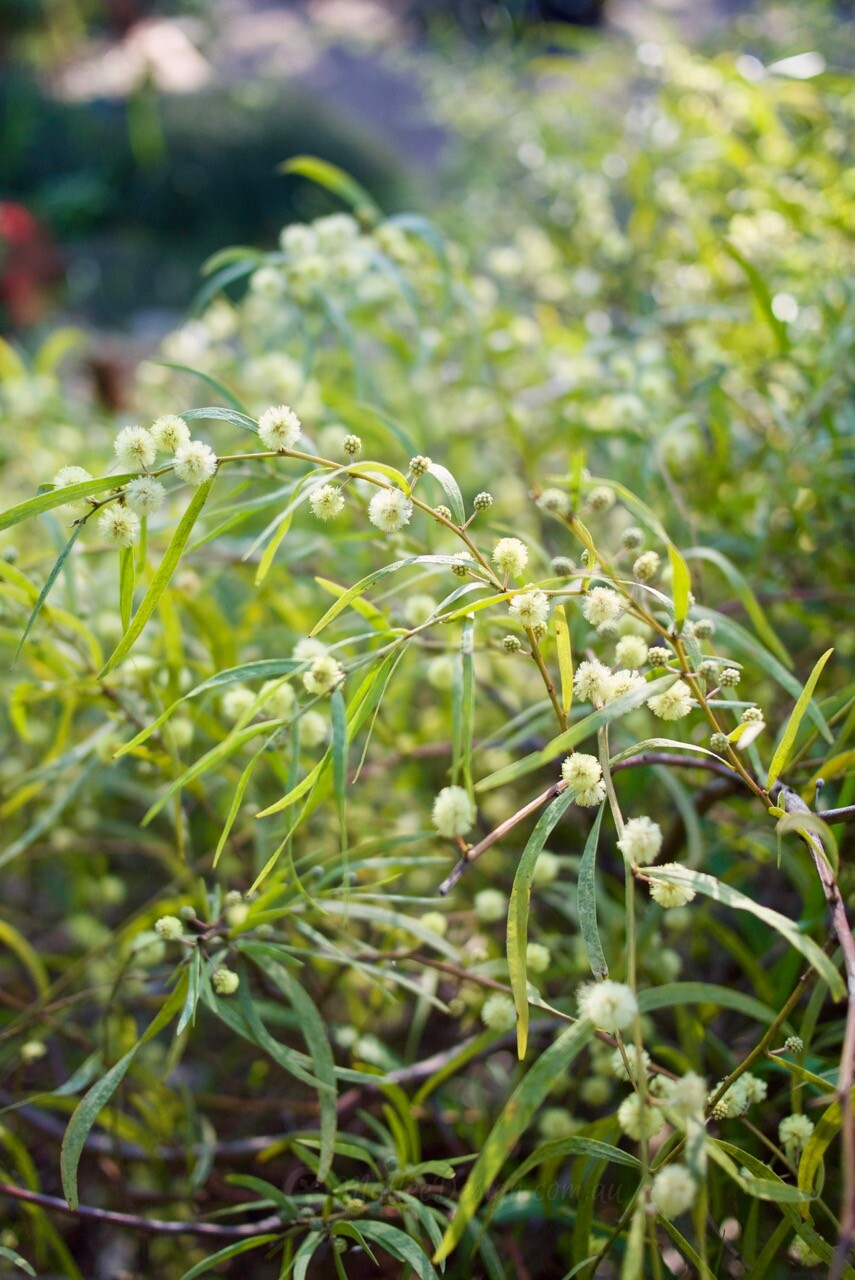The 1st of September is not only the first day of Spring, but it is also National Wattle Day! So if you have any flowering in your garden, cut off a sprig for a jar or pin it to your chest with pride. It has been a very mild Winter so welcoming Spring doesn’t feel too much like a season shift.
Acacia fimbriata have been used in the past for construction, furniture and also in the tanning process hardened sap (Acacia gum) found in some species is used in watercolor painting, ceramic glazes, and fireworks. Not surprisingly Acacia’s usefulness is mentioned in ancient Egyptian proverbs, using them to make boats and furniture, and the Bible “They shall construct an ark of acacia wood”.

Acacia fimbriata or the Fringed Wattle is evergreen, with dense foliage of soft, light green, phyllode’s (modified leaf stem). These phyllode’s are linear to narrow, with a leathery texture and the margin has a fringe of hairs, hence its common name of Fringed Wattle.
Growing to upto 7m tall and around 4-6m wide with an upright trunk and dense canopy, it can be considered a quick growing small feature tree. Ball shaped butter yellow flowers appear late winter to early spring, approximately 20 buds per flower head giving it a full coverage of fluffy colour. This flowering is followed by a slightly curved fruit pod like fruit containing many dark seeds.
Acacia fimbriata is found naturally in the coast and tablelands areas of NSW, from Bega to far north Queensland. It is considered a weed in Victoria.

If you would like this as a tree, train it to have a single leader. It responds well to regular pruning to keep it tidy and compact.
Grown for its flowers and foliage, this tree can also be used as a screen due to its fast growing nature and dense foliage. It is also a great wind break or small shade tree in a native garden.
A fabulous plant for attracting wildlife and insects to the garden. It’s flowers attract many birds including fairy wrens, honey eaters, Australasian fig bird and willy wagtails. It is also a host plant for tailed emperor butterfly.

If you would like to add an acacia to your garden put this one on your list. Plant in full sun to semi-shade. It can tolerate most soils, however prefers a well drained sandy soil. Is drought tolerant once established and excellent in frost prone areas.
Fertiliser is not normally required, however if your plant becomes old or stressed (we can all feel like that sometimes) an application of blood and bone or slow release fertiliser can keep it growing vigorously and help to ward off some of the pest and diseases that it is susceptible to. These include Moth Borer damage, leaf spot and tick scale. Mulch during summer and keep moist while the plant gets established. Once established it is considered to have a low water requirement.
All in all a very helpful Acacia for both our gardens and wildlife.
Written by Jo McLuskey and Kath Gadd









Leave a Reply